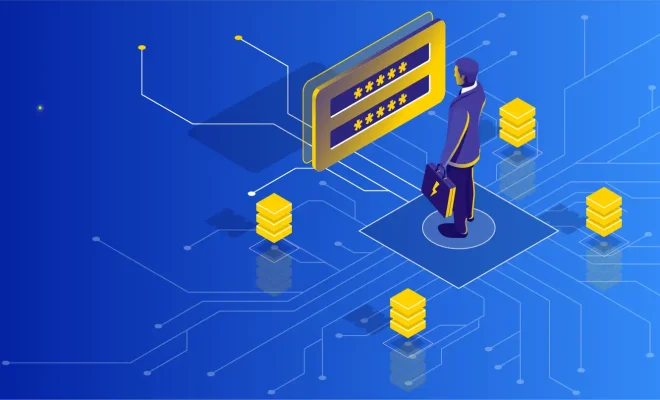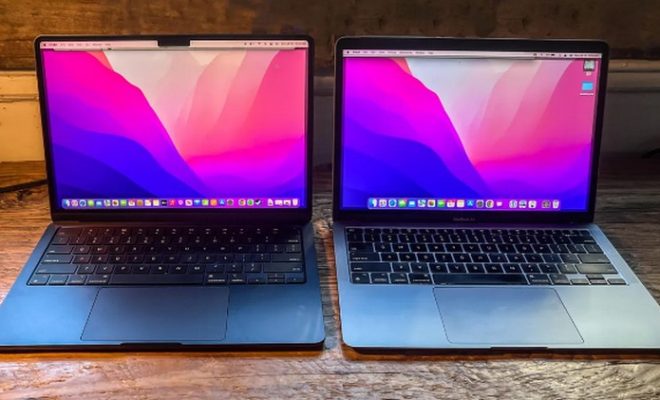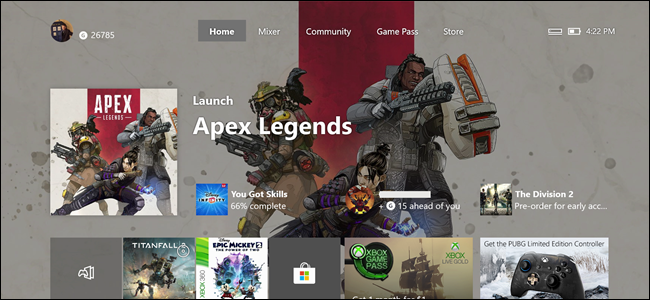What is a nibble in computers and digital technology?

In the world of computers and digital technology, data is everything. Every piece of information that is processed, stored, and analyzed by machines is represented in binary form – either a series of 0s and 1s. The smallest unit of data in binary is called a bit, and it comes in handy when we need to represent values such as on/off, true/false, or yes/no. However, bits are not very useful when we need to store or compute bigger data. That’s where nibbles come in.
A nibble, also known as a nybble, is a grouping of four bits. It can represent 16 possible values, ranging from 0000 to 1111 in binary, or 0 to 15 in decimal. In the early days of computing, nibbles were often used to save memory and speed up operations. For example, computer processors could perform arithmetic computations more quickly on nibbles than bits because they require fewer operations to carry out the same tasks.
Nibbles are also commonly used in data transmission and storage. For instance, hexadecimal notation, which is widely used in programming and digital communication, represents nibbles as one-digit numbers from 0 to F, where A, B, C, D, E, and F represent 10, 11, 12, 13, 14, and 15, respectively. This means that every two digits in a hexadecimal number correspond to a byte, which consists of two nibbles or eight bits. Hexadecimal notation allows programmers and engineers to write and read binary code much more efficiently.
Another common use of nibbles is for encoding and decoding schemes such as ASCII (American Standard Code for Information Interchange), which maps every character to a unique binary code using 7 or 8 bits. ASCII requires nibbles to convert characters to their corresponding codes. In this way, nibbles serve as the building blocks of text and other types of data.
In conclusion, nibbles are essential to the world of computers and digital technology. They allow us to more efficiently store, process, and transmit data in a compact and manageable format. By understanding nibbles, we can better recognize their importance and incorporate them into our daily lives as we increasingly rely on technology in our personal and professional relationships.






